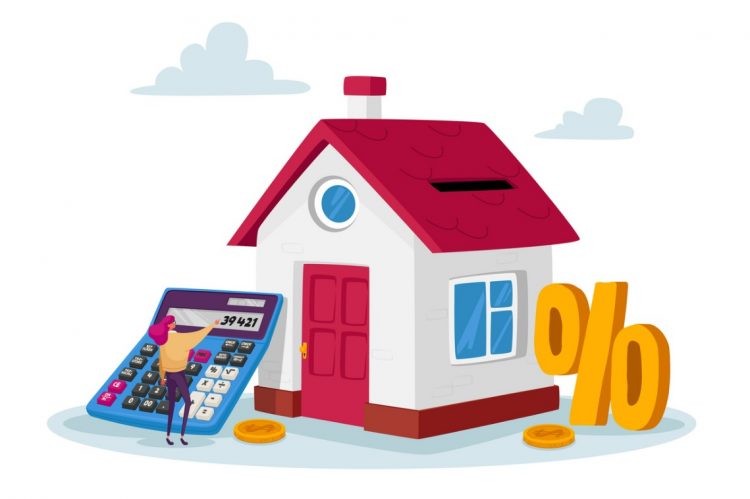Home prices rose in September as inventory remains challenged, according to a new report from Realtor.com. Active inventory remained below pre–pandemic levels, although the number of homes for sale increased month-over-month, contrary to typical seasonal trends but attributable to the unusual bump in new listings in August.
Realtor.com’s Monthly Housing Trends Report for September found that the median listing price grew by 0.4% to $430,000, up 37.5% from 2019. Active listings were down 4%, and down 42.7% from 2019. New listings fell 9.1%, and were down 21% from 2019. Median days on the market rose by 1 day to 48, down 14 days from 2019. The share of active listings with price reductions dropped 2.5 percentage points to 17.8%, up 0.3 percentage points from 2019.
Key highlights:
- All regions saw active listing prices in larger metros increase on average, but Northeastern metros saw the highest annual growth rate (+10%).
- Prices in Los Angeles (+23.8%), San Diego (+18.2%), and Richmond (+15%) saw the biggest increases among large metros, predominantly due to larger and more expensive homes coming on the market in these areas. Larger Southern metros saw the lowest listing price growth rate among the regions (3.1%).
- Among the largest 50 metros, only eight saw their median list price decline, led by San Antonio (-2.8%), Memphis (-2.1%), and Houston (-1.5%).
- Nationally, the share of homes with price reductions decreased from 20.2% last year to 17.8% this year and remains below 2017-2019 levels on average.
- 14 of the 50 large metros saw the share of price reductions increase compared to last September, predominantly in the South and Midwest. Memphis saw the greatest increase (+6 percentage points), followed by Indianapolis (+4.4), and San Antonio (+3.4).
- Pending listings fell -12.2% from the same time last year, more than August’s -11.5% decline due in part to higher mortgage rates in July and August, but significantly better than December’s peak decline (-36.9% year-over-year).
- In the 50 largest metro areas, the number of homes for sale is -41.9% below pre-pandemic levels. Inventory decreased in 36 out of 50 of the largest metros compared to last year, although some Southern metros saw significant growth, such as Memphis (+35.6%), New Orleans (28.4%) and San Antonio (24.4%).
- Among the top 50 metros, San Antonio (+4.4%), and Buffalo (+2.1%) saw new listings increase. Declines in newly listed homes were greatest in Las Vegas (-31.7%), New York (-23.6%) and Detroit (-21.9%).
- Regionally, only large metros in the South saw time on market increase on average year-over-year (+1 day). Large metros in the Northeast spent 2 days less on the market, those in the Midwest spent 3 days less on the market, and homes spent 4 days less than last year in the West.
- Time on market increased in 17 of the 50 largest metros, including New Orleans (+11 days), Austin (+8 days), and Nashville (+6 days).
- Time on market decreased compared to last year in 30 of the 50 largest metro areas. The largest drops were in San Jose and San Francisco (both -9 days), as well as Sacramento (-8 days). This is primarily because this region experienced the most significant slowdown last year when interest rates rose.
Major takeaway:
“An uptick in homes with reduced prices is a small break for buyers on top of the usual seasonal factors that align to make this first week in October the best week to buy. Yet, the larger context remains challenging. Buyers still struggle with the triple threat of rising listing prices, record-high mortgage rates, and limited inventory, making affordability a continued concern,” said Realtor.com Chief Economist Danielle Hale. “The number of homes for sale is likely to remain low as higher mortgage rates leave many homeowners feeling ‘locked in’ to their current rates. Data shows low inventory is pushing many homebuyers toward new homes, but the growth in new construction isn’t enough to sufficiently narrow the inventory gap.”
Realtor.com®’s Executive News Editor Clare Trapasso added, “Homes on the market are still moving quickly, indicating that many buyers are accepting today’s high prices and mortgage rates and adjusting their expectations. That may mean a number of things: settling for less space or moving farther away from large cities or to a different region.”
For the full report, click here.












